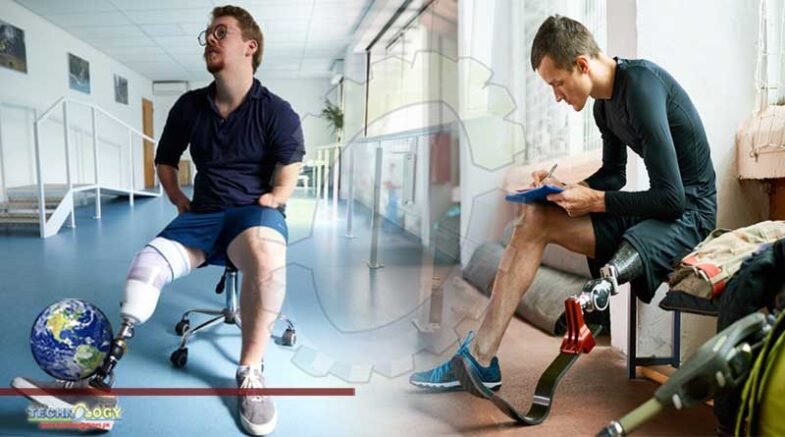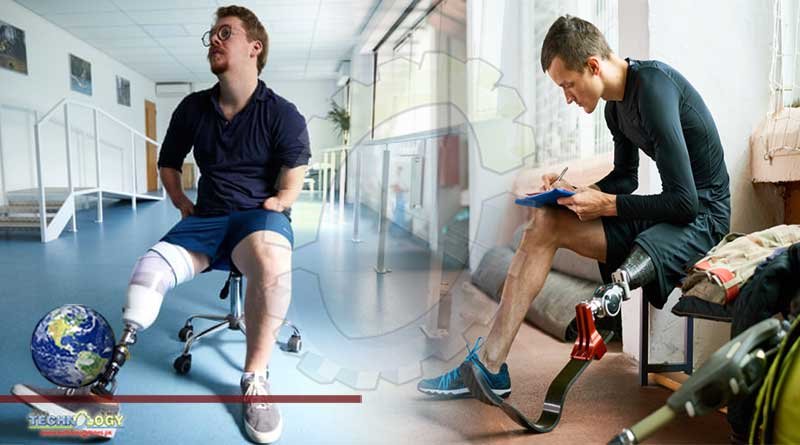New electronic technology is allowing people with artificial limbs to move their prosthetic, basically, just by thinking it, and with confidence.

New electronic technology is allowing people with artificial limbs to move their prosthetic, basically, just by thinking it.
Bert Swift, 56, of Barrington, loves working on his cars — one of them a 1976 TR6 — and he loves riding his motorcycles. And now he can do both with confidence.
To understand why this is such a big deal, it’s important to know that a large portion of his left arm was amputated in 2018, as a result of the damage done by repeated radiation therapy for a cancer he was diagnosed with when he was 10.
“Over time, that constraint of my circulation increased,” said Swift.
His first prosthetic was basic and limited. Within a year, “I had maxed out my abilities with that system,” said Swift.
He had already had a trial of Coapt’s Gen2 control system, weeks after his amputation, and knew that was his goal.
“It was intuitive,” said Swift.
But he had to show he was motivated, before he was approved. His insurance covered it.
“This is real A-I benefiting people every day,” said Coapt’s CEO, Blair Lock. “Coapt produces electronics with specific algorithms that live inside of prosthetic arms and hands.”
Nearly two years after his amputation, Swift received his new prosthetic with the new technology, during the pandemic on March 30, 2020.
“It is so intuitive that I was able to unbox and set it up,” said Swift. “And I was able to be up and running truly on my own.”
Every morning, he runs a calibration. That calibration helps fine tune his movements, measuring all the data coming from his muscles.
“All I do is just visualize and extend my arm,” said Swift.
It’s not thought-controlled, rather a combination of machine learning and A-I.
“We have nothing planted in to the brain or anything like that. The human nervous system represents all the signals of our muscles, what we want to do, so if we’re missing a hand, missing a wrist. For example, the muscles used to control those parts of the body has a mechanism and they can teach the electronics what their body’s wanting to do,” said Lock. “The better they get used to the technology, the better it learns them.”
Swift said he’s still learning — practically every day — new things he can do with his smart arm.
Originally published at WJAR
